Pole-and-line
How do fishers catch tuna using this fishing method?
In pole-and-line fishing, fishers locate a school of tuna, using either fishfinders (a technology that can locate schools of fish) or traditional methods such as seabird and dolphin sightings. Once located, live bait is mostly used to attract the tuna, and in some cases artificial bait is used. The bait is chummed into the water, and usually the boat will also spray water onto the ocean surface, which creates the same disturbance as a school of small prey. This practice initiates a feeding frenzy amongst the school of tuna. During this frenzy, up to 20 fishers will stand or sit on the side, stern or bow of the boat, each with a single pole traditionally made with bamboo, but nowadays also with fibreglass. Attached to this pole is a fishing line with a small lure and barbless hook. Tuna that bite the lure are immediately pulled from the water onto the vessel. The barbless hook allows for the quick release of the tuna before the line is reset into the water to catch the next fish. This period of highly productive fishing activity is termed a fishing event, and can last anywhere from 5 minutes to more than 2 hours.
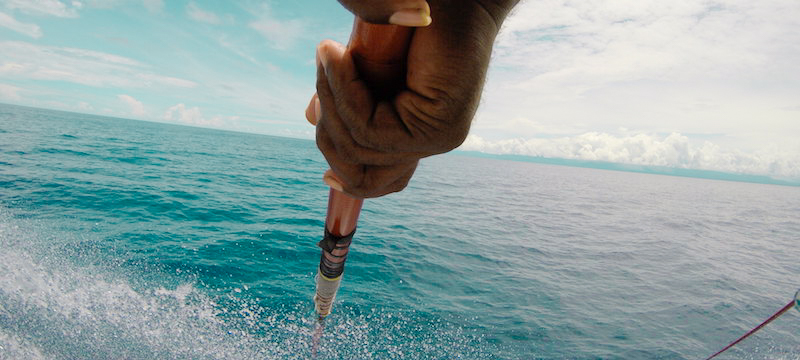
Video
Gallery

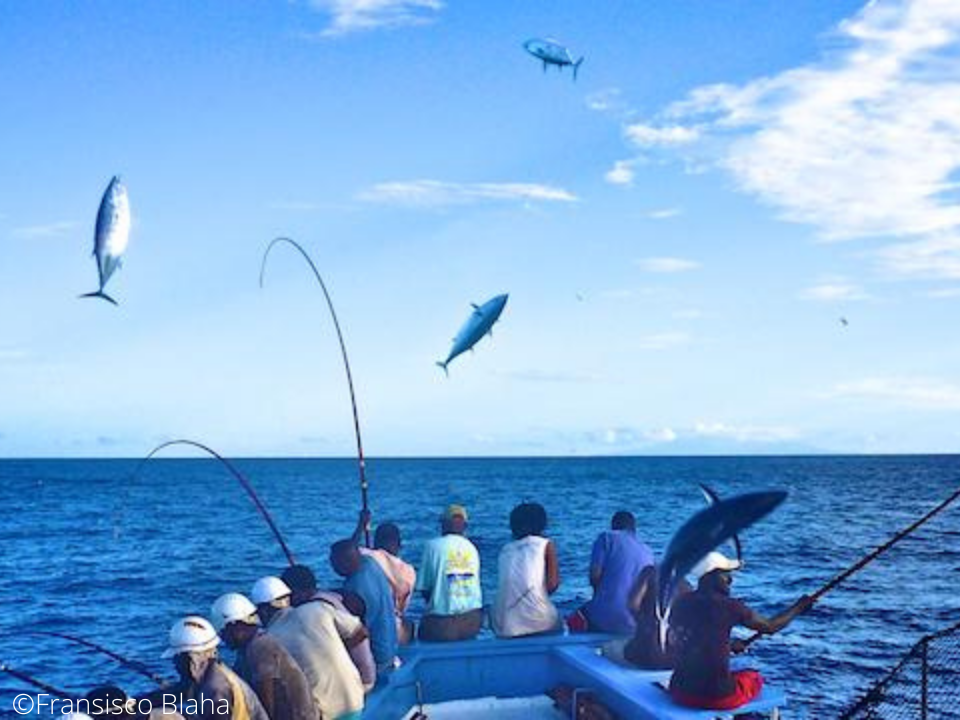
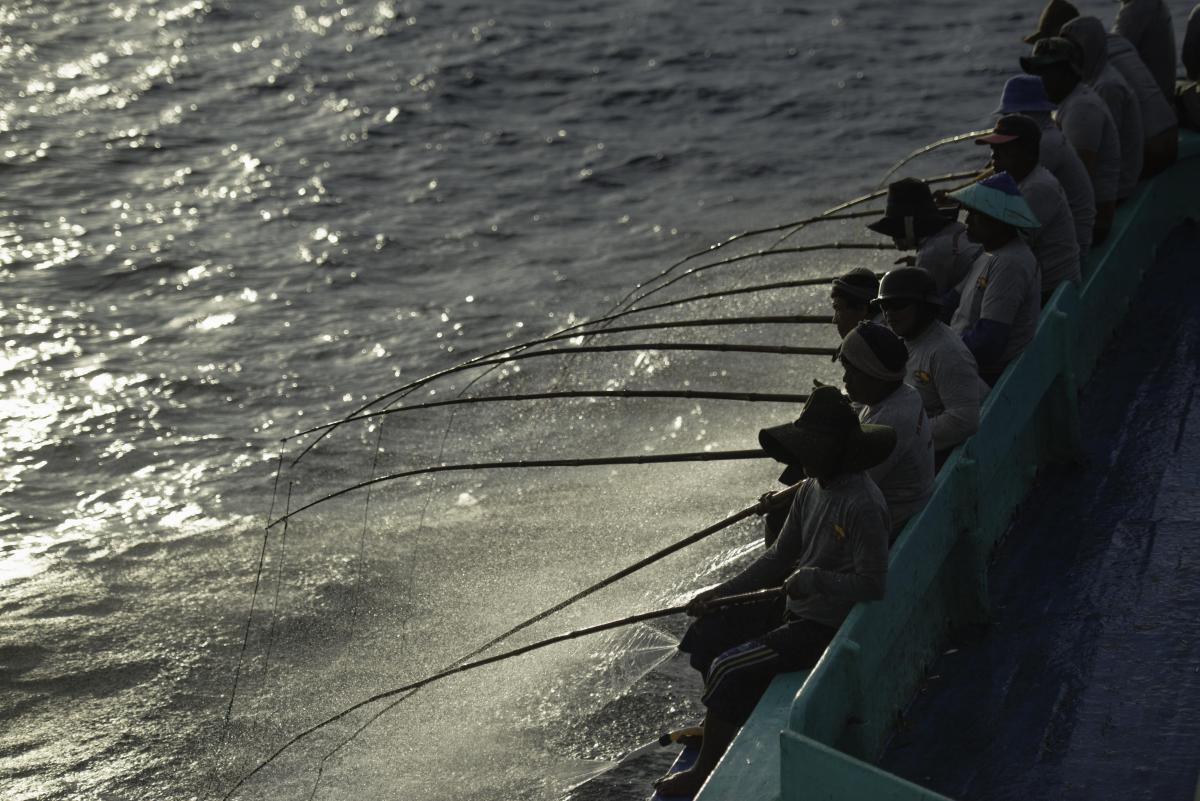
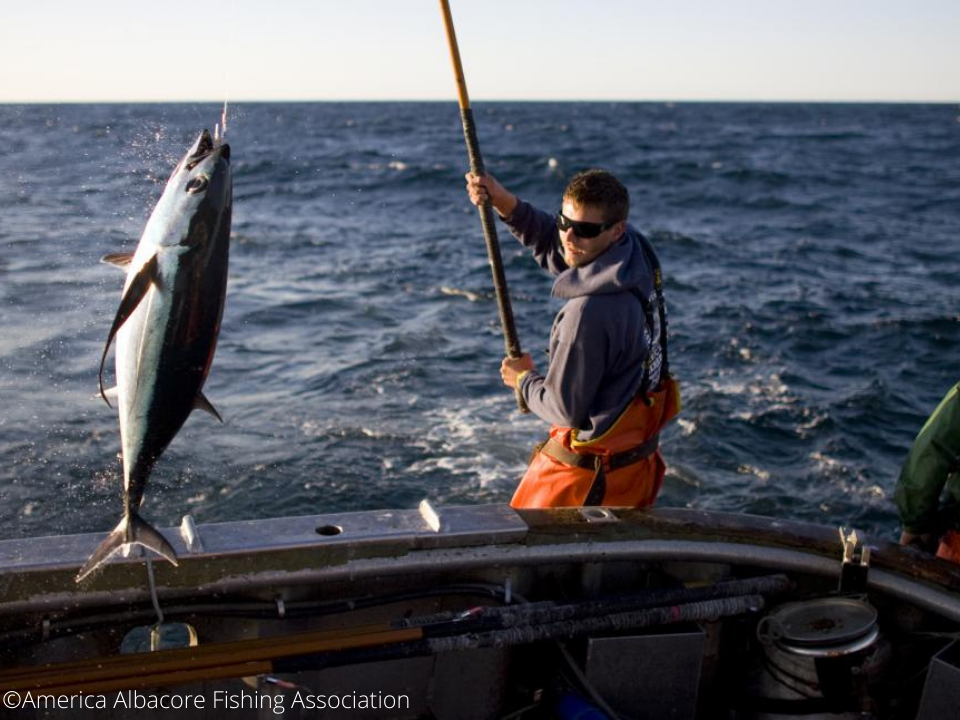
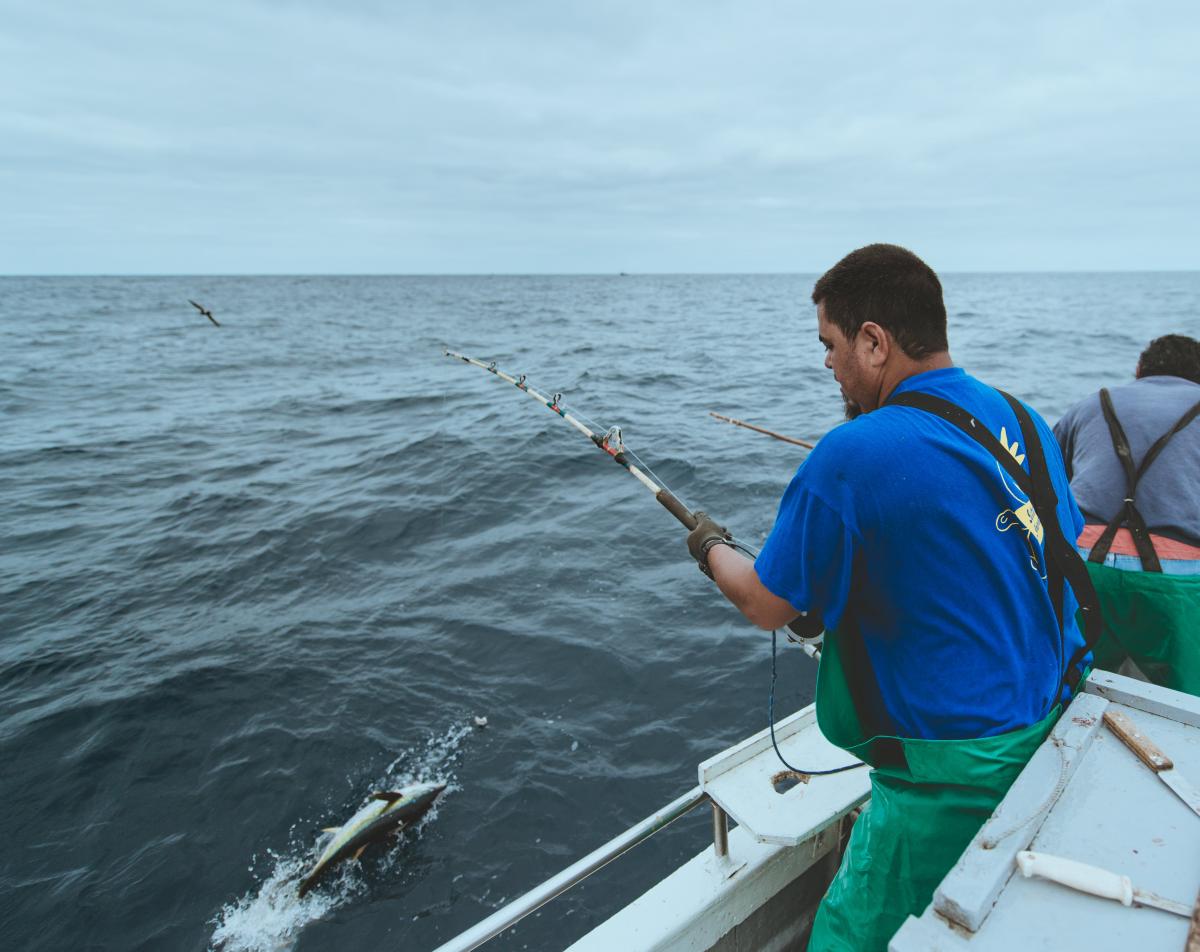
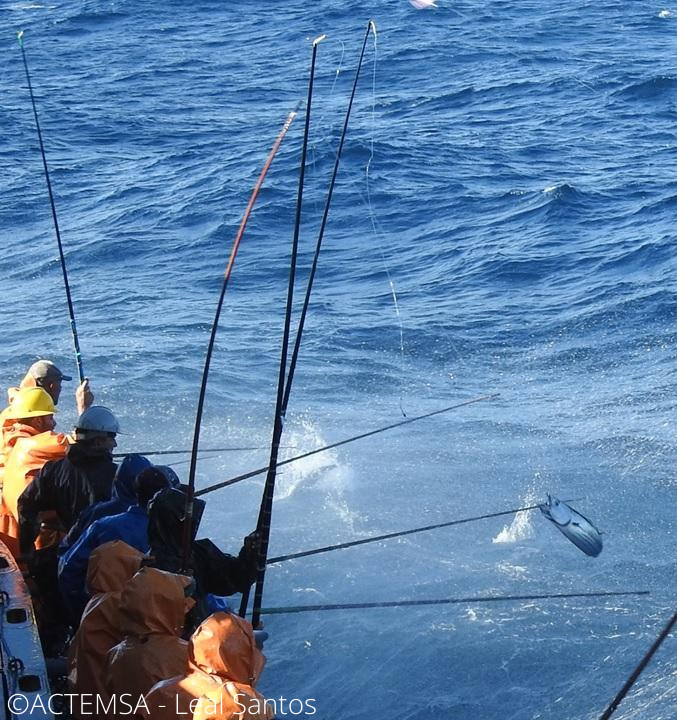
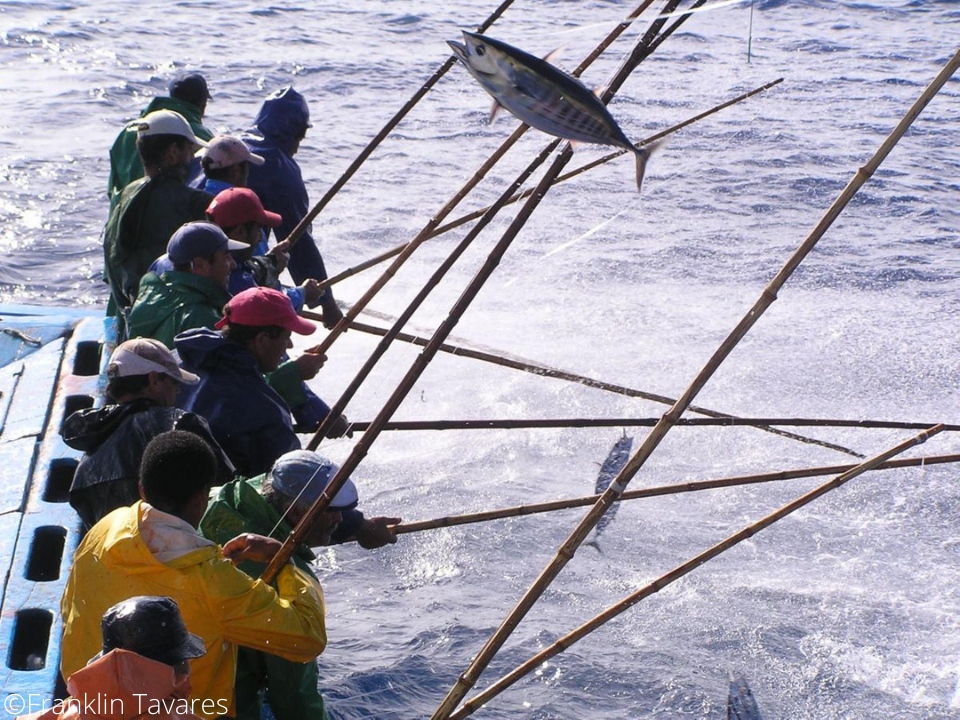
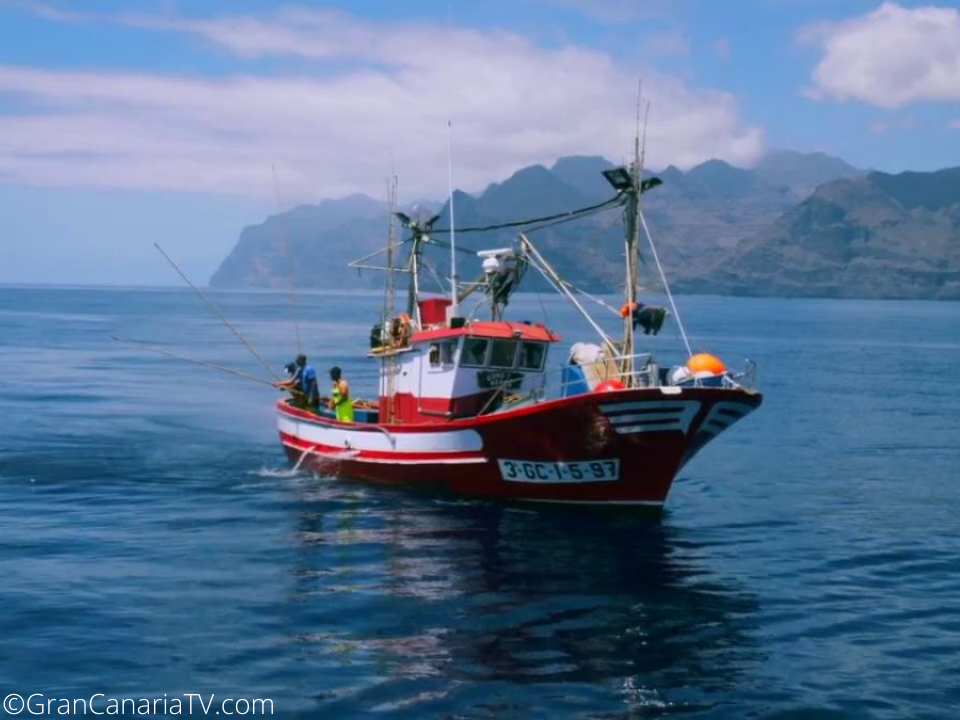
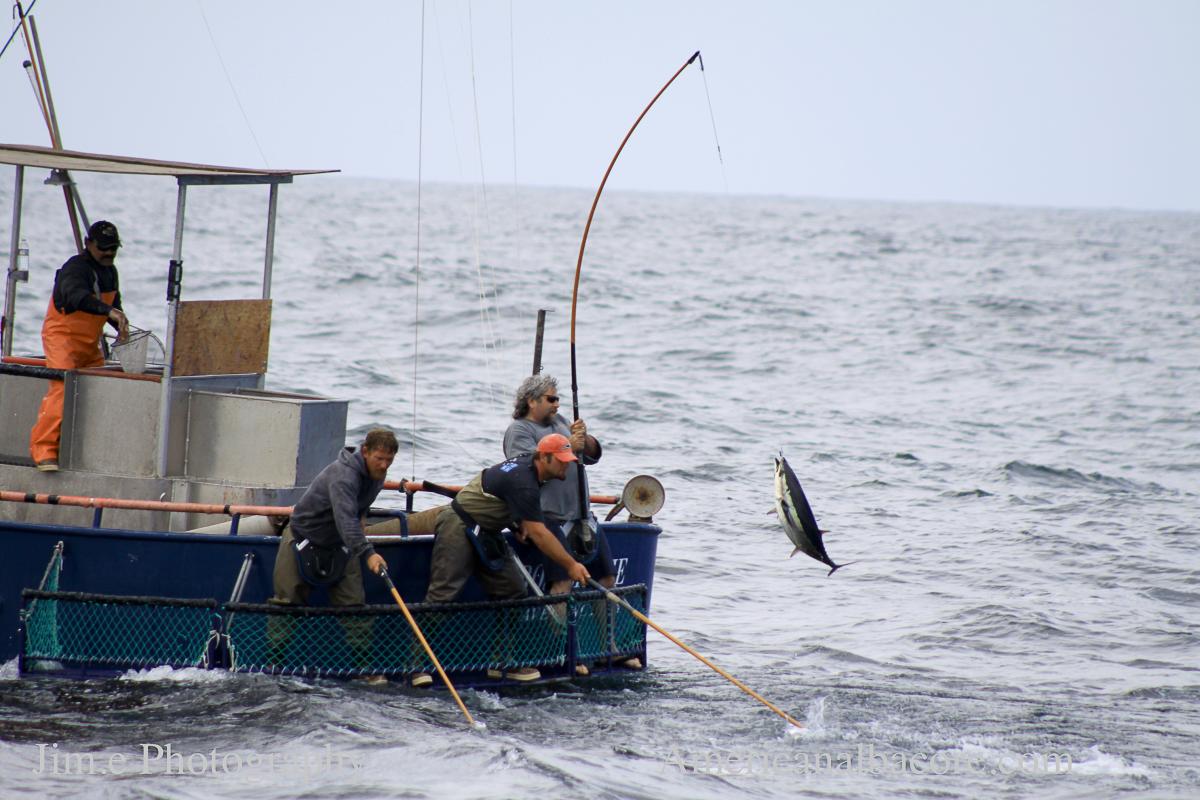
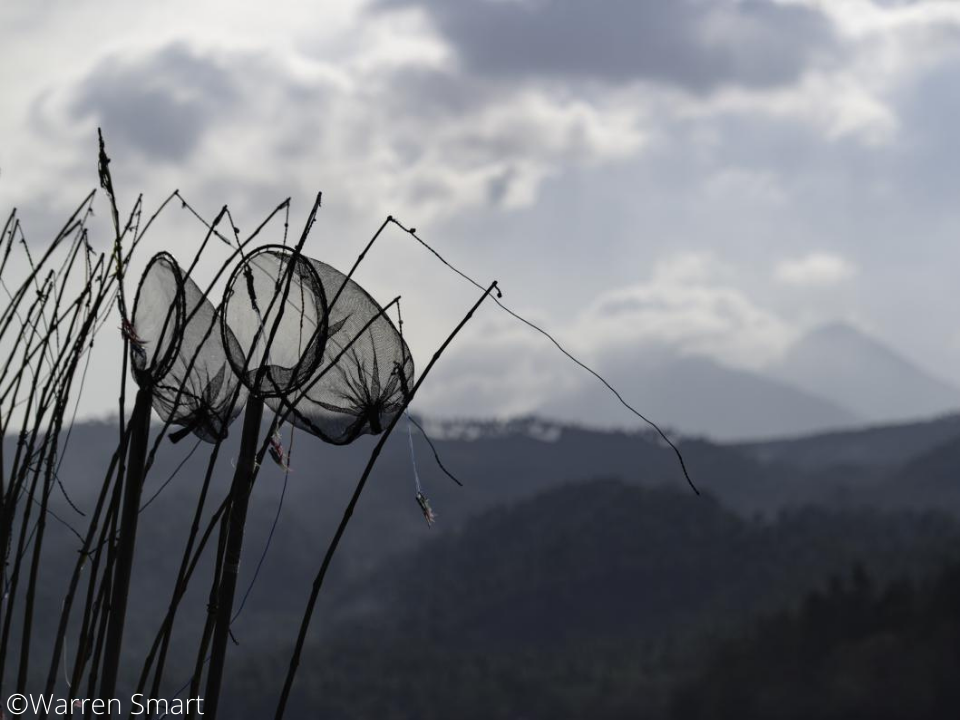
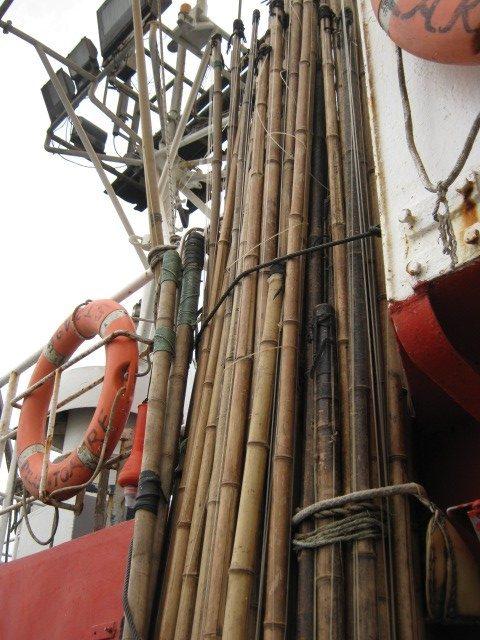
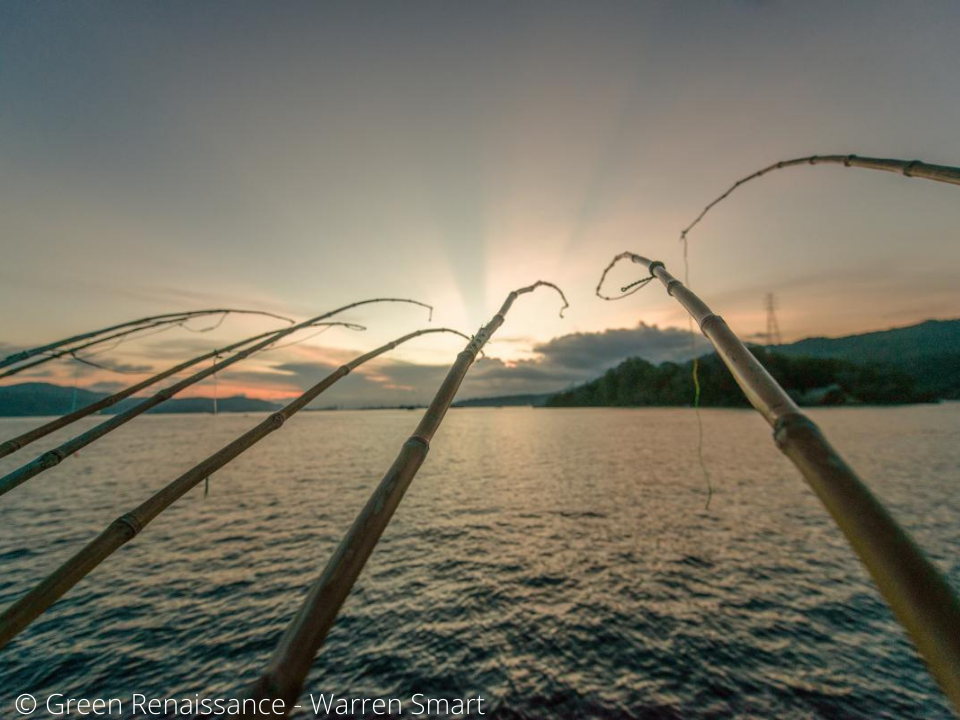
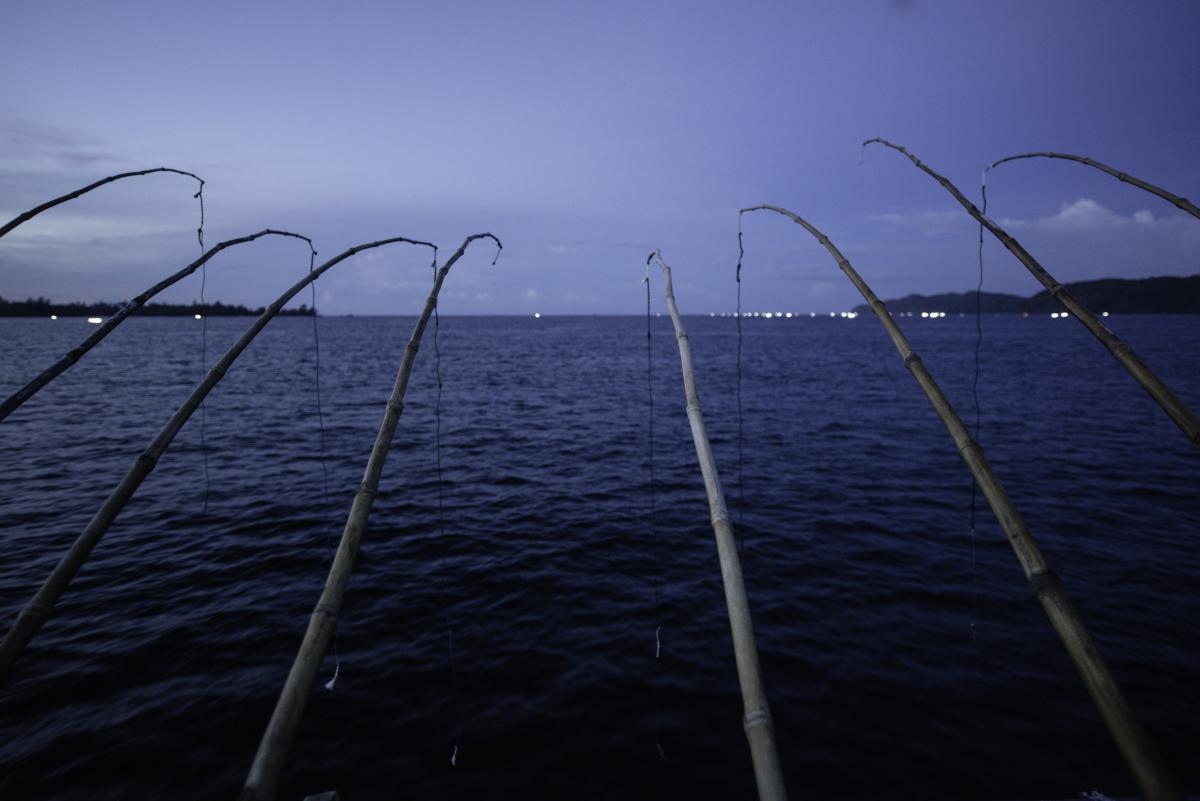
Which fisheries use Pole-and-Line fishing?
Due to the nature of this fishing method, the target species are open water fish such as tunas. Pole and line fisheries contribute approximately 8% of global tuna catches. In some areas pole-and-line fishing constitute a significant proportion of the catch for North Pacific albacore tuna (32%) and Indian Ocean skipjack tuna (21%). Pole-and-line fisheries usually target surface level species such as skipjack and albacore, although yellowfin and bigeye are also caught by some fisheries with this method.
Geographic distribution
Pole-and-line fisheries occur worldwide wherever there’s the availability of sustainable baitfish and target tuna species. They are currently operating in tropical and sub-tropical waters of the Eastern Pacific Ocean (EPO), Eastern and Western Atlantic Ocean, Central, South and Western Pacific Ocean and across the Indian Ocean. Due to the highly migratory nature of different tuna species, pole-and-line fisheries are limited by the times of year that tuna pass through that particular area.
Further information
To find out more information about pole-and-line fishing techniques, please read the report below about best practice fishing methods.
 Jimephotography.com_Albacore fishing(6).jpg)